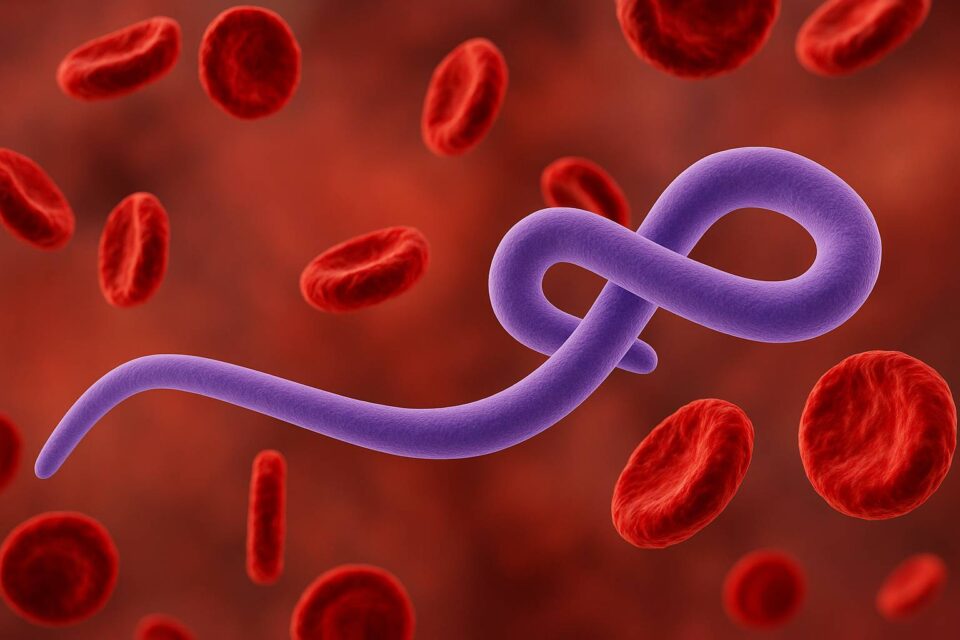There are several diseases known for their rapid onset and ability to claim lives quickly if not managed or treated promptly. Here are five deadly diseases that stand out for their high mortality rates.
1. Heart Attack (Myocardial Infarction):
A heart attack occurs when a blockage in one of the coronary arteries prevents blood flow to the heart. This deprives the heart muscle of oxygen, leading to tissue damage. The sudden onset of chest pain, shortness of breath, and nausea are hallmark symptoms. Without immediate intervention, such as performing CPR or administering clot-busting medications, heart attacks can quickly lead to cardiac arrest, which can be fatal within minutes.
2. Stroke:
Strokes occur when there is a sudden disruption of blood flow to the brain, either through a clot (ischemic stroke) or a ruptured blood vessel (hemorrhagic stroke). Without oxygen-rich blood, brain cells begin to die, leading to permanent brain damage or death. Strokes are among the leading causes of death worldwide. If not treated within hours, the damage is irreversible, and survival rates drop significantly.
3. Severe Acute Respiratory Syndrome (SARS) and COVID-19:
Both SARS (caused by a coronavirus) and COVID-19 (also caused by a coronavirus) have the potential to cause severe respiratory distress, especially in individuals with weakened immune systems. COVID-19, in particular, showed how quickly the disease could spread and lead to widespread fatalities. The rapid deterioration of lung function, combined with complications like pneumonia, can cause death within a matter of days or weeks without prompt medical intervention.
4. Sepsis:
Sepsis is a life-threatening condition that arises when the body responds to an infection by releasing chemicals that trigger widespread inflammation. This can lead to organ failure and, if untreated, death. Sepsis often develops after a simple infection, like a urinary tract infection or a wound, becomes systemic. The symptoms—fever, rapid heartbeat, confusion, and difficulty breathing—are all signs that urgent treatment is needed. Without immediate care, sepsis can lead to shock and organ failure within hours.
5. Ebola Virus Disease:
Ebola is a viral hemorrhagic fever that causes severe symptoms, including fever, vomiting, diarrhea, and internal bleeding. The virus attacks multiple organs, causing widespread tissue damage and shock. The disease has a high fatality rate, particularly in the later stages when dehydration and organ failure set in. The speed at which the virus can progress to fatal stages makes it one of the deadliest diseases, with mortality rates ranging from 25% to 90%, depending on the outbreak.
These diseases emphasize the importance of early detection and rapid treatment. In many cases, the difference between life and death lies in the timeliness of medical intervention.
